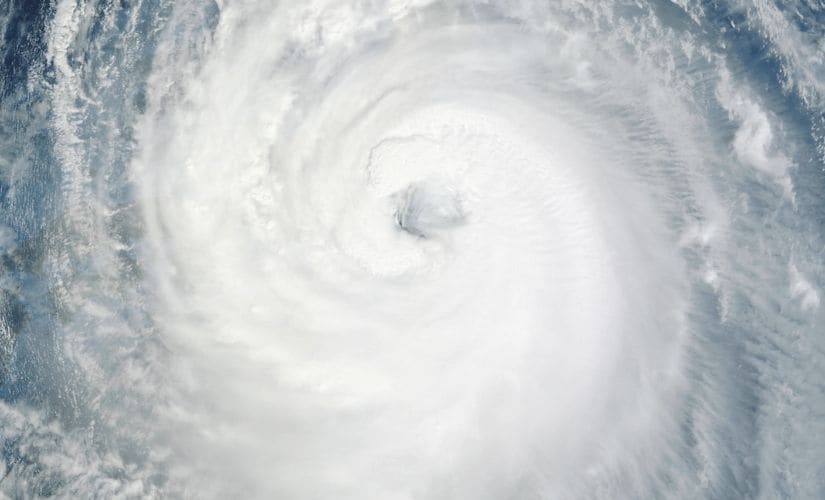On 3 May, 2019, as the result of a tropical depression formed in the Indian Ocean, Cyclone Fani hit the coastal state of Odisha, at 185 kilometres per hour. It was an anomaly, given it struck in the pre-monsoon season, and the deadliest Odisha has faced since 1999’s Super Cyclone, which claimed 10,000 lives. The calamities of Fani were closer to 64 deaths . This containment was in large part due to the state government’s evacuation efforts; it went about mobilising close to one million people in under 48 hours. The Odisha chief minister Naveen Patnaik had then said , “A record of 1.2 million people were evacuated in 24 hours, 3.2 lakh from Ganjam, 1.3 lakh from Puri and almost 7,000 kitchens catering to 9,000 shelters were made functional overnight. This mammoth exercise involved more than 45,000 volunteers.” The story of how the Odisha government achieved this feat – for which it also received much praise from international media and the United Nations – is the subject of National Geographic’s new documentary Mega Cyclone Fani: Rescuing a Million. [caption id=“attachment_7634901” align=“alignnone” width=“825”]  Mega Cyclone Fani: Rescuing a Million. Photo credit: National Geographic.[/caption] Mega Cyclone must be lauded for bringing attention to and documenting an important event. It shows the preparedness of the government officials, the speedy efficiency with which they dispatched to duty, and highlights their work and care against the backdrop of flailing infrastructure and a constantly compressing time crunch. Such disasters hit because of irresponsible development; and while Odisha, sitting on the coast, is going to suffer these consequences, the government has responsibly put protocols in place to ensure no lives are lost. The documentary also highlights the police’s ‘every life matters’ policy, showing their refusal to leave behind a single person, not budging until they had taken every single individual from every tiny corner of the state to safety. It shows policemen standing folded-hands in front of people, requesting them to relocate. It shows the doctor who won’t abandon her patients and volunteers bringing community together. The documentary justly highlights all their heroism and passion, and the emotional attachment they feel, all of which incited them to work with such diligence. Mega Cyclone also offers insight into the minds of people; though this could have been explored more. It shows the inherent faith people have in their god, and their unwillingness to move even in the face of imminent disaster. ‘Our god won’t let anything happen to us,’ was the general rationale for not wanting to leave their homes. The film also shows the people carrying on with this faith, without question, even after having just witnessed Cyclone Fani unleashed upon them. Given the documentary’s focus on how people were mobilised within a time crunch, it does a good job of presenting the facts in a straightforward manner. However, being limited in scope, it leaves no room for the aftermath, pays no heed to the long struggle and emotional and psychological upheaval of the state’s population after those two turbulent days, and therefore seems off to an abrupt end. The film is also a short 43 minutes, which on the one hand, incites a feel of urgency and chaos. But on the other hand, seems to offer a rushed treatment, not fairly documenting more angles. It also does not take the time to create an emotional connect, the population of the state being shown mostly as passive bystanders, not being engaged with on a more nuanced level besides asking them for a few quotes. While the music is a little dramatic at times, it fits in with the overall narrative. Cinematography is strictly documentative, presenting the facts, creatively capturing astounding images of destruction. The editing certainly suffers, with some footage being repeated twice during the course of the film. Mega Cyclone seems to have been made in a rush, offering a brisk, but well-informed treatment to an important topic. Mega Cyclone: Rescuing a Million will air on National Geographic on 17 November at 9 pm.
Mega Cyclone Fani: Rescuing a Million is limited in scope, offering a brisk, but well-informed treatment, to an important topic.
Advertisement
End of Article


)
)
)
)
)
)
)
)
)



